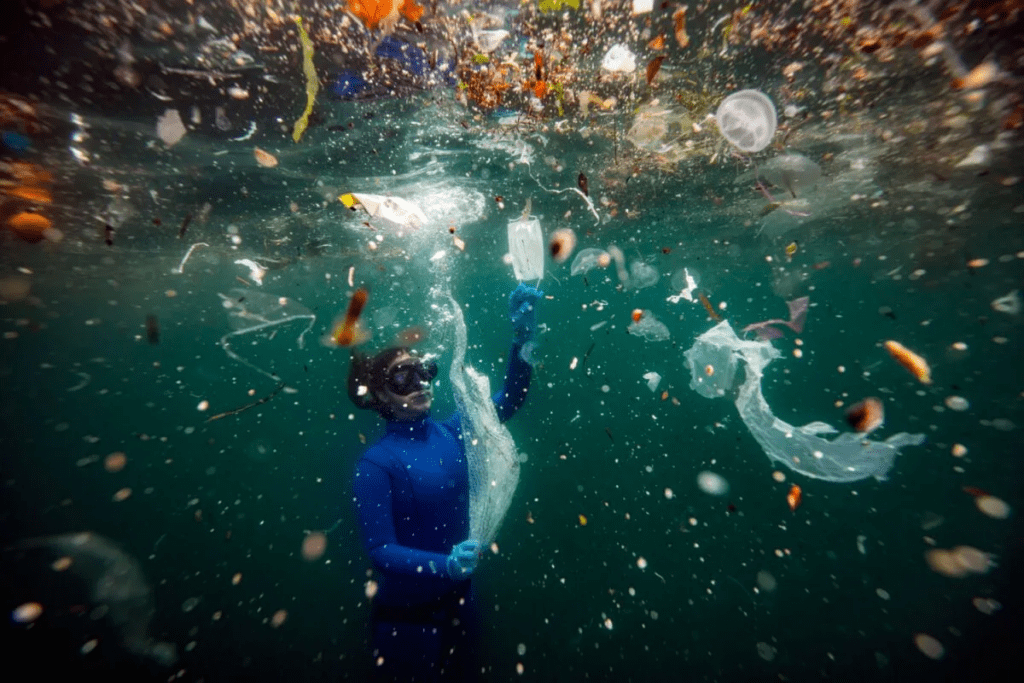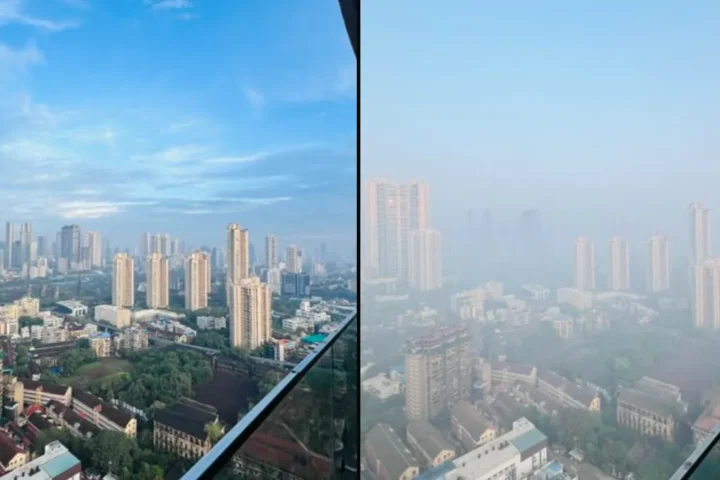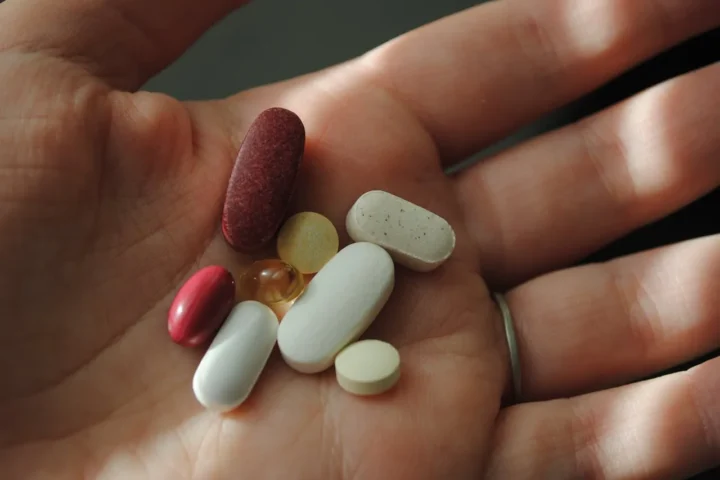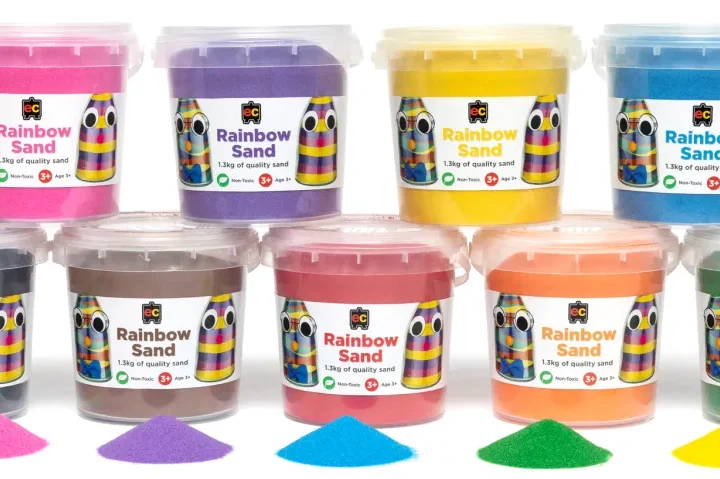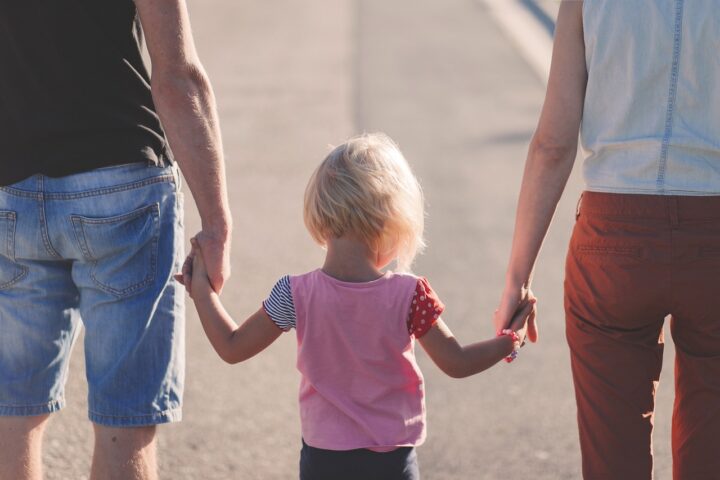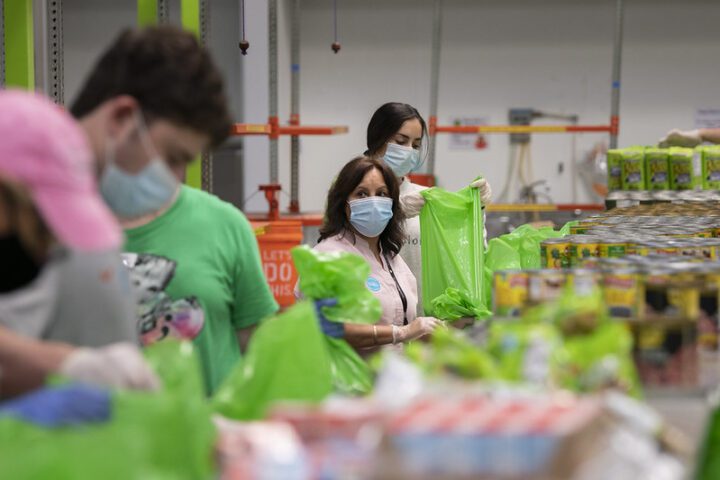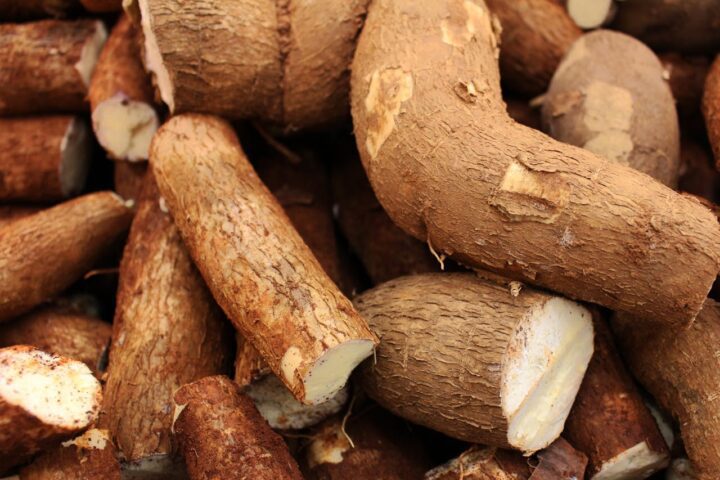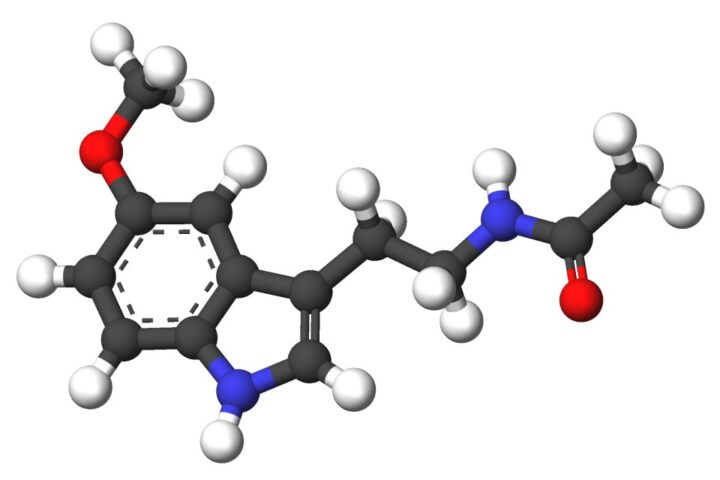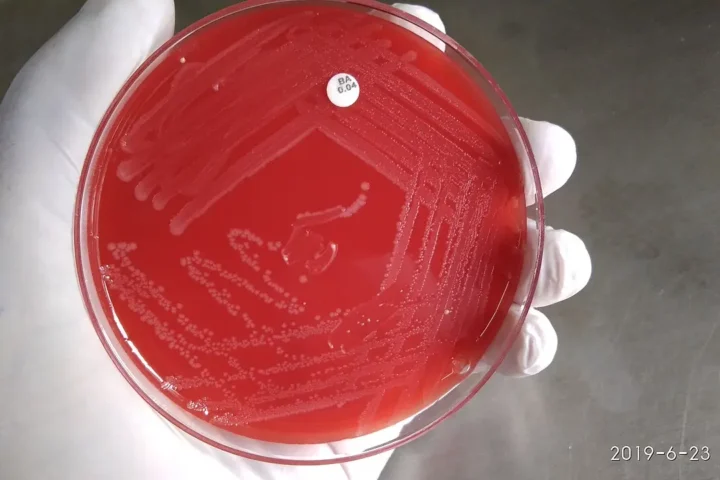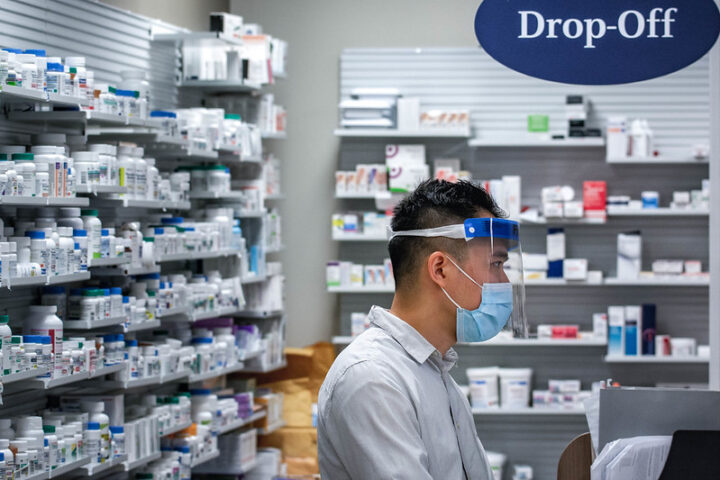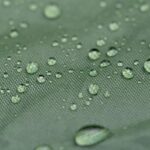New research by Vanessa Moresco and her team from natural sciences dept at University Of Stirling, UK reveals another reason microplastics are dangerous. The team found that the presence of microplastics increased the stability of viruses in microbial biofilm. They also found that biofilms developed rapidly in the environment of microplastics and wastewater or surface water. This increases the hardiness and survivability of the virus in what is termed the “plastisphere”. A plastisphere is an ecosystem which has adapted to living in human-made plastics. Plastispheres & Biofilms – Viruses Survive Better & Spread More Around Microplastics, Not only did they find increased survivability but also faster dissemination of the virus. These environments which support biofilms are liable to act as vectors for viruses, especially in sewage, where they will be exposed to pathogens. Let’s break down the research and what it means for us.
According to Particle3d, “Biofilms are clusters of one or more living microorganisms, or microbes, such as bacteria, fungi, and viruses that are attached to a surface and embedded in a self-produced matrix designed for the survival of organisms.” Biofilms are essentially an
Biofilms are widespread in nature because they are a well-developed survival mechanism for microorganisms. They are complex microbe communities that can be seen as slime layers on objects in water or at water-air interfaces. These communities of microorganisms are chiefly responsible for medical equipment contamination and developing severe microbial infections in the body. The environment also makes them more resistant to anti-microbial drugs. Microbial cells living inside biofilms, mainly, are much more resistant to antibiotics and disinfectants, making biofilm infections extremely difficult to treat. The addition of microplastics to these biofilms makes the viruses even hardier, making them tougher to treat. Plastispheres & Biofilms – Viruses Survive Better & Spread More Around Microplastics.
In their research, they created conditions to test the potential for these pathogens to associate with the plastisphere and quantified it. They used two pathogens, a virus (rotavirus RV SA11) and a bacteria (bacteriophage Phi6), in 3 different water environments. These environments were filtered water, non-filtered surface water and water with added nutrients to replicate sewage conditions. They then studied the recovery speed along with how rapidly they produced. Along with the previously stated conclusions, they also found that microplastic biofilm protected the pathogens against factors that might sterilise the virus.
